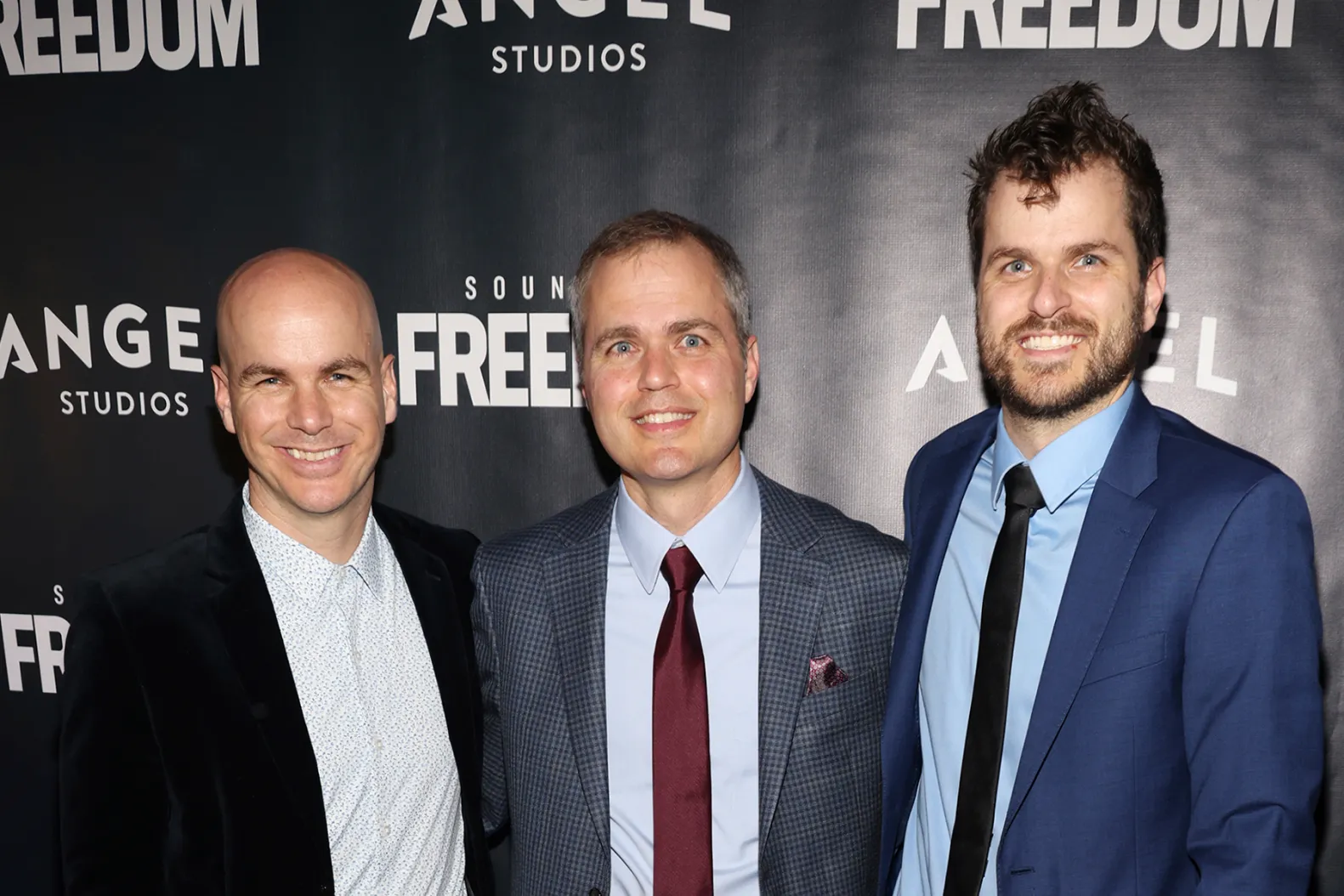### Exploring a Unique Film Release Strategy: The Story Behind “Sound of Freedom”
In the evolving landscape of film distribution, innovative strategies sometimes emerge, disrupting traditional release models. One such intriguing case is that of the company behind the film “Sound of Freedom.” This company has embarked on a unique path, focusing on a model that leverages the power of direct-to-consumer engagement through a dedicated streaming platform. This approach not only alters how films are consumed but also how they’re financed and promoted.
#### The Power of Subscribers in Film Distribution
The traditional movie release model typically involves a route through cinemas followed by digital and home media releases. However, the company responsible for “Sound of Freedom” chose to diverge from this path, creating a dedicated subscriber base for their streaming service. This model hinges on cultivating a loyal audience that directly supports the platform through subscriptions. What sets this apart is not just bypassing traditional cinema releases but building a sustainable, supportive community that benefits from exclusive access to the film.
#### Building a Community Around Content
This strategy isn’t just about changing how movies are released; it’s about creating an ecosystem where the audience feels more connected to the content. By subscribing, users are not merely buying a service; they are becoming part of a community that shares certain values and interests. This close-knit approach helps foster a strong, engaged user base that can provide more predictable revenue streams and direct feedback channels from viewers to creators.
#### Advantages of Direct-to-Consumer Platforms
The direct-to-consumer model presents several advantages. Firstly, it allows creators to retain more control over their content. Without the need to appease mainstream distributors and theater owners, films can often stay truer to the visionary’s original intent. This model also provides filmmakers the freedom to explore more niche or controversial topics that might not make it through the traditional film distribution filters.
Moreover, this strategy typically offers better data metrics on viewer preferences and behaviors, allowing creators to tailor future content more effectively to audience wishes. Direct engagement with the audience can significantly enhance customer satisfaction as viewers feel their voices are heard and valued.
#### Challenges and Considerations
Despite the apparent benefits, this model does come with challenges. Building and maintaining a streaming platform requires substantial upfront investment in technology infrastructure and marketing to attract and retain subscribers. Moreover, the success of this model heavily relies on the ability to continually produce content that keeps the subscriber base engaged and growing.
Furthermore, relying on a model centered around one or a few flagship productions can be risky. If the main content fails to connect with an audience, it can jeopardize the entire platform. Therefore, a diversified content strategy might often be necessary to mitigate these risks.
#### The Future of Film Distribution
The approach taken by the company behind “Sound of Freedom” represents a broader shift towards more direct, personalized, and engaging ways of delivering content. As technology continues to evolve and viewer preferences shift towards more individualized media consumption, we might see more filmmakers and companies adopting similar strategies.
In essence, the success of such innovative distribution models could lead to a significant transformation in how films are financed, produced, and shared globally. Whether this model will become a staple in the industry or remain a niche strategy is yet to be seen, but it undoubtedly opens up new avenues for creativity and direct creator-audience interaction in the film industry.










